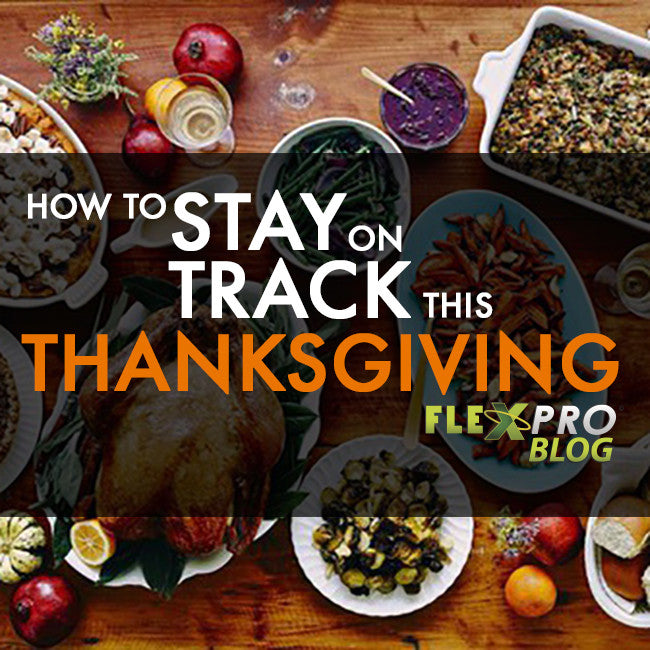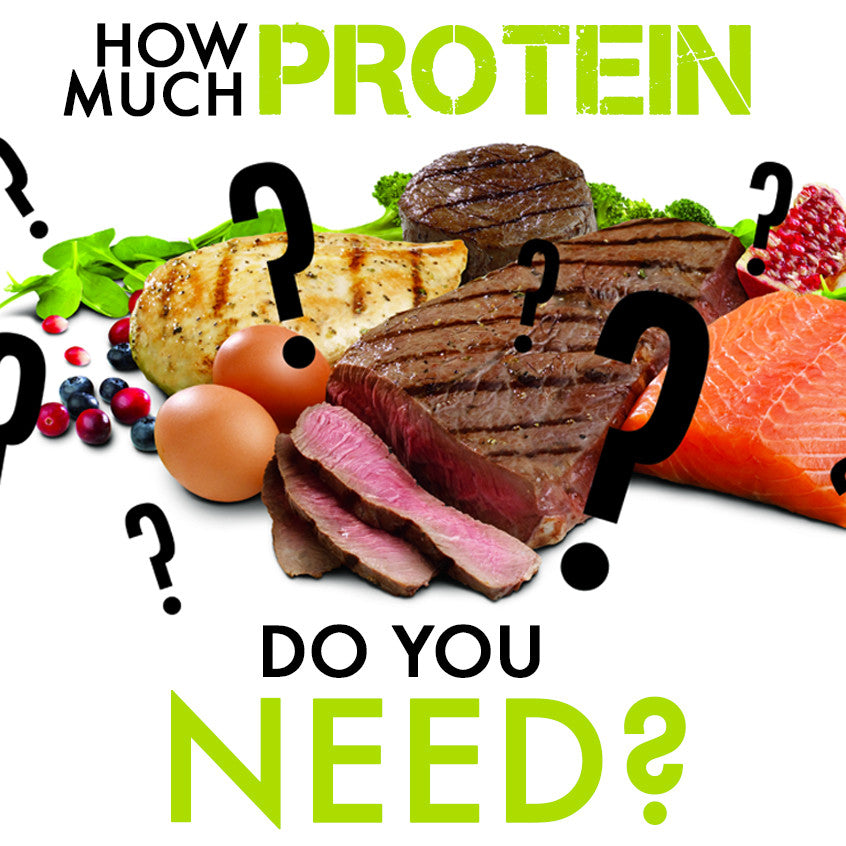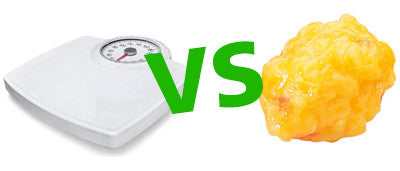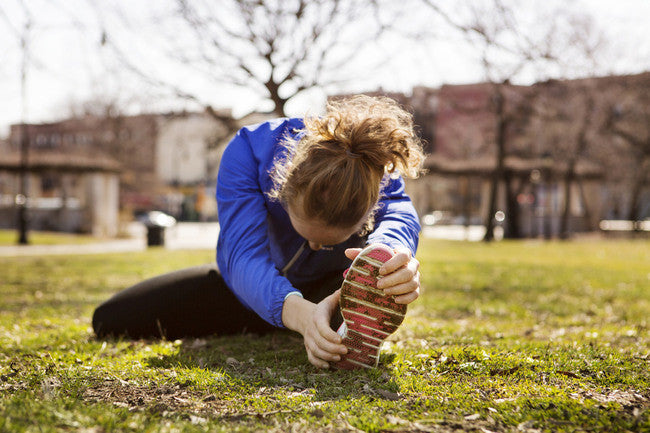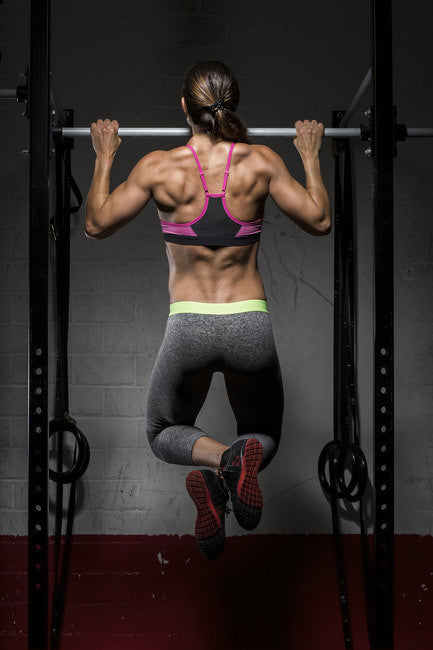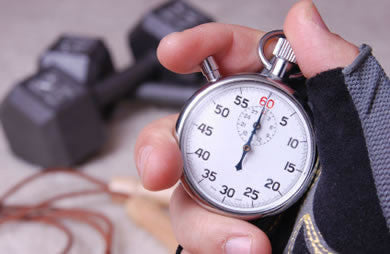Enjoy your Thanksgiving without losing those hard-earned results!
To anyone trying to lose weight or stay lean, Thanksgiving can be a cause for serious dread. The fear of undoing all of the hard work and progress you’ve achieved through the year is a very real cause for concern. After all, Thanksgiving is the day we’re supposed to stuff our faces with hoards of delicious, wonderful junk, right?
The best and most obvious way to avoid having to loosen your belt a notch or two over the holidays is, of course, sticking to your FlexPro meal plan, but for most of us who don’t really have the option to whip out our FlexPro BBQ Crab Cakes during your Thanksgiving get-together, there is hope. Here are 10 tips to keep your nutrition on track over Thanksgiving:
Don’t Go to Your Thanksgiving Festivities on an Empty Stomach: The hungrier you are, the harder it is to resist the tasty temptations of the dishes that are loaded with extra calories you don’t need. Be sure to eat breakfast and grab a healthy snack before you leave the house or before your guests arrive.
Drink Lots of Water: Drinking extra water can trick your stomach and brain into thinking you are full, making it easier to pass up that giant piece of pecan pie Aunt Margaret is offering you.
Workout in the Morning: Not only will working out help to counter the extra caloric intake of the day, the physiological effect of exercise has a tendency to keep you motivated to stay on point with your nutrition throughout the rest of the day. Just be sure to avoid the mentality that you can eat whatever you want because you worked out. Also, chances are you will be too exhausted from the day's festivities to workout in the evening.
Stock Up on Veggies & Lean Protein: While Thanksgiving is full of nutritional no-no’s, there are usually plenty of good options on the Thanksgiving buffet line. Load your plate up with Turkey and veggies like salad or green beans. This will leave less room on your plate for starchy carbs.
Limit Alcohol Intake: You don't have to cut off your alcohol completely. After all, it's a holiday – let loose a little! Just be careful with how much and what you drink. If you're drinking wine, stick to a dry wine like chardonnay, sauvignon blanc or pinot grigio since they have little to no sugar in them. If you're more of a mixed drink type of person, try to stay in the vodka, gin, rum and bourbon realm as they have the least amount of calories. Also, make sure whatever you're mixing your liquor with isn't full of sugar. If you're not sure you can trust yourself on keeping the alcohol to a limit, try the water method. Every time you finish a drink, don't go for a refill until you've finished a glass of water. Not only will this help you to drink less, it will keep your body more hydrated and less likely to be hungover the next day.
Don’t Give into Peer Pressure: Chances are when your family or friends see how good you’re being with your food selection, the taunts and pressure to go back for thirds or a bigger slice of pumpkin pie start flying. Be strong and don’t cave in. Just remember how gross and bloated they’re going to feel after all is said and done.
Wait Before Going Back for Seconds: Once you’ve finished your plate, instead of immediately going back for seconds, sit and socialize for a few minutes. This will allow your brain and stomach to get on the same page and signal to you whether you are actually full or not.
Chew Your Food: Spending extra time chewing your food instead of inhaling it. This will allow you to actually enjoy the flavors, plus it will buy your brain more time to signal that it's full.
Don’t Deprive Yourself: If there are certain foods at your Thanksgiving get-together that you’ve spent all year dreaming about, don’t deprive yourself. Take a small spoonful or a small slice. As long as you don’t overindulge, a small cheat won’t hurt your diet.
Leftovers: If leftovers are being shoved in your face as you head out the door, be sure to try and grab the leftover foods like lean proteins and veggies instead of getting stuck with the 3 leftover pies that will do nothing but tempt you the days following Thanksgiving.
